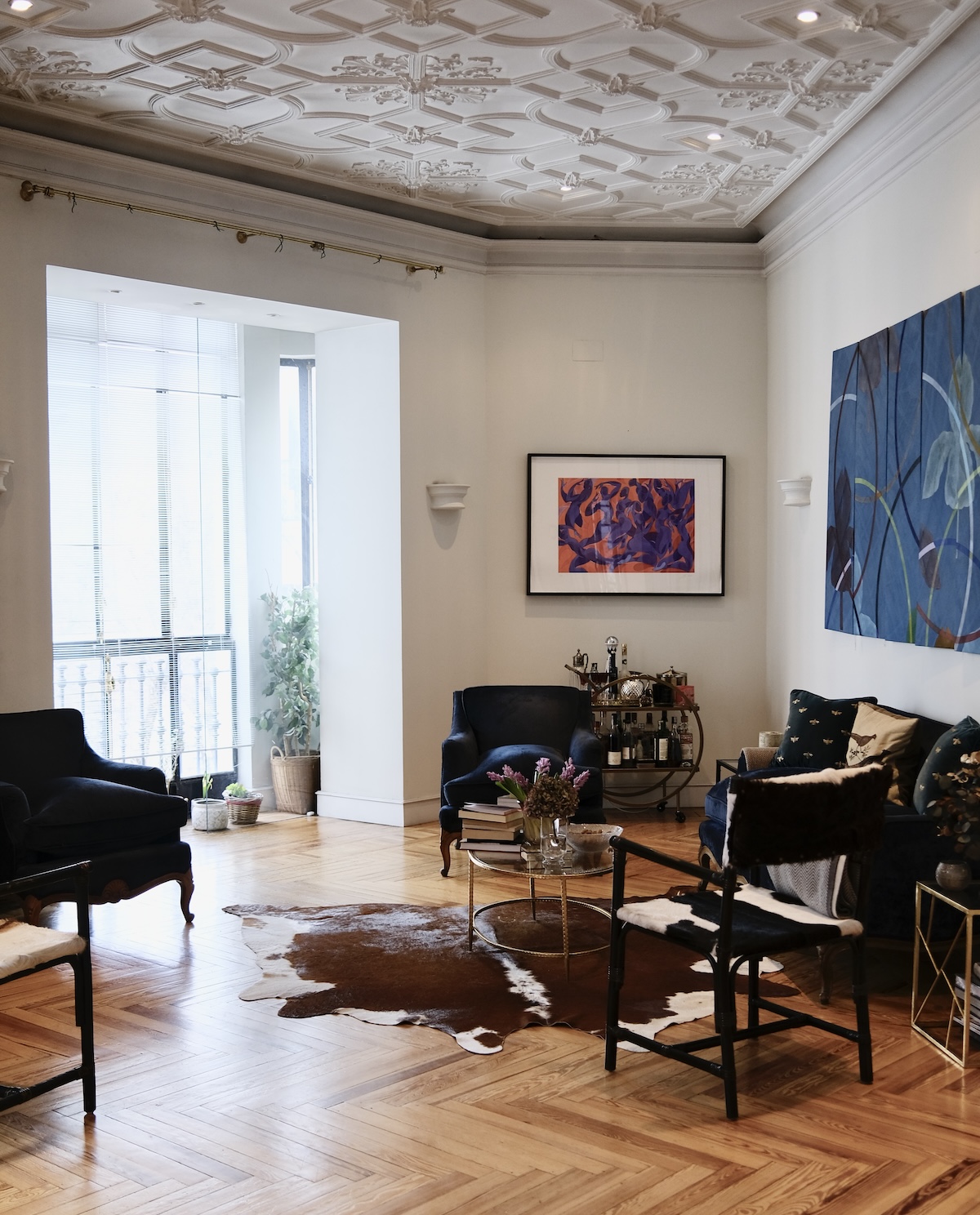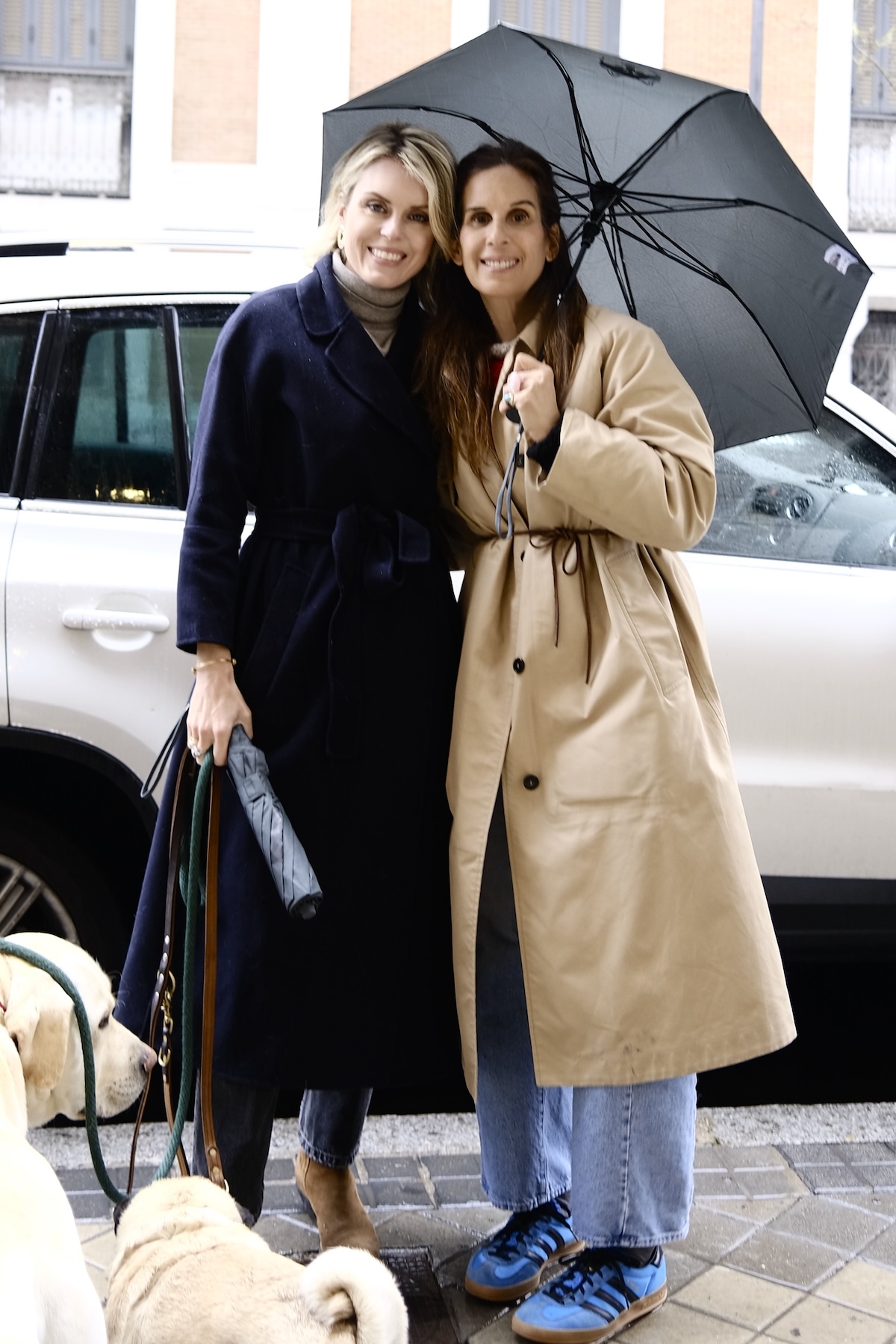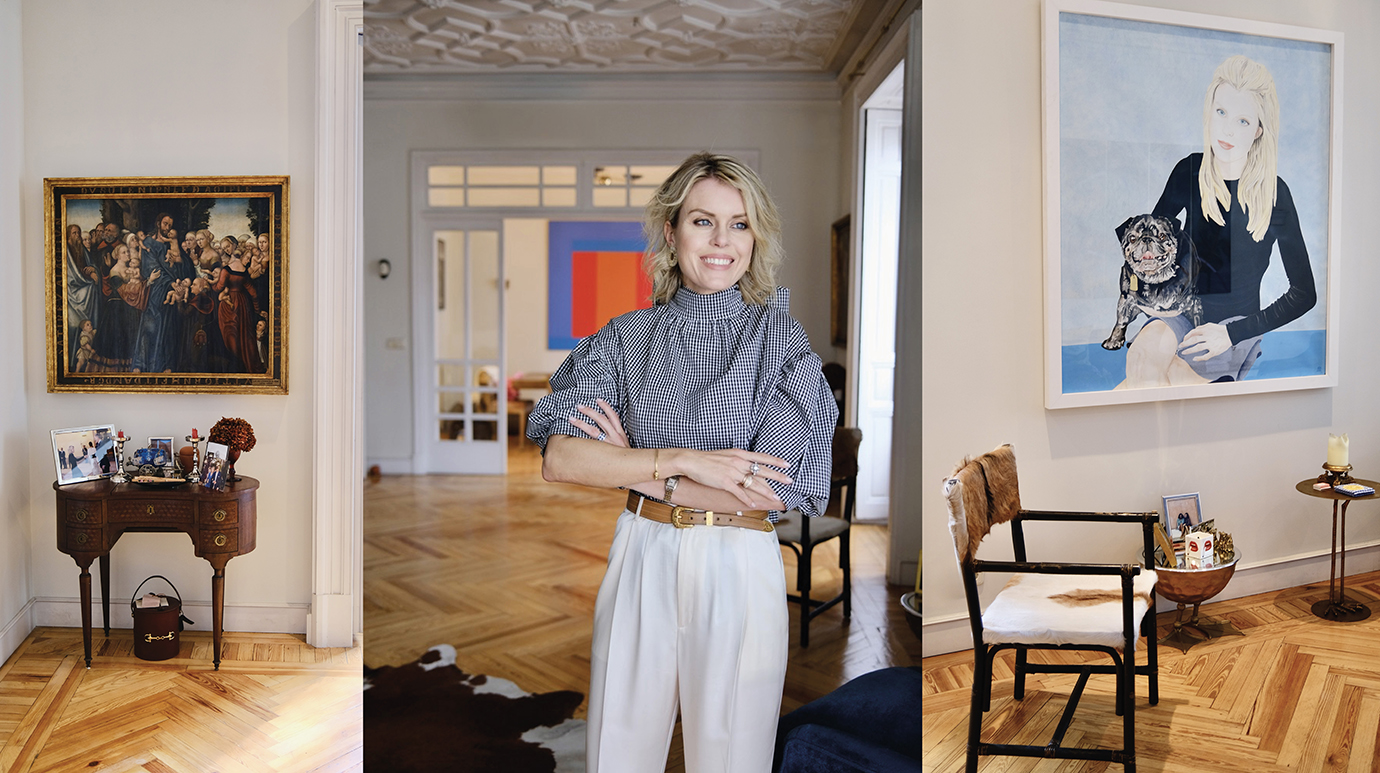As Frieze London unfolds in Regent’s Park, Artnet’s Vice President reflects on the shifting balance between emotion, technology, and the global art market.
Frieze London has become one of the most influential stages for contemporary art. Each October, the fair transforms the city into a meeting point for collectors, curators and creatives from around the world. Among them is Sophie Neuendorf, Vice President of Artnet and part of a family whose name is woven into post-war art history. Thoughtful and understated, she represents the dialogue between tradition and innovation that defines today’s art world.
Born into a family of gallerists and collectors, Sophie grew up in New York, a city that still shapes her outlook. “New York remains my greatest source of inspiration,” she says. “It’s where energy, history and creativity constantly collide.” Her life, however, extends far beyond one city. Moving between global art capitals, she sees each place as a different lens through which to view identity, culture and change.
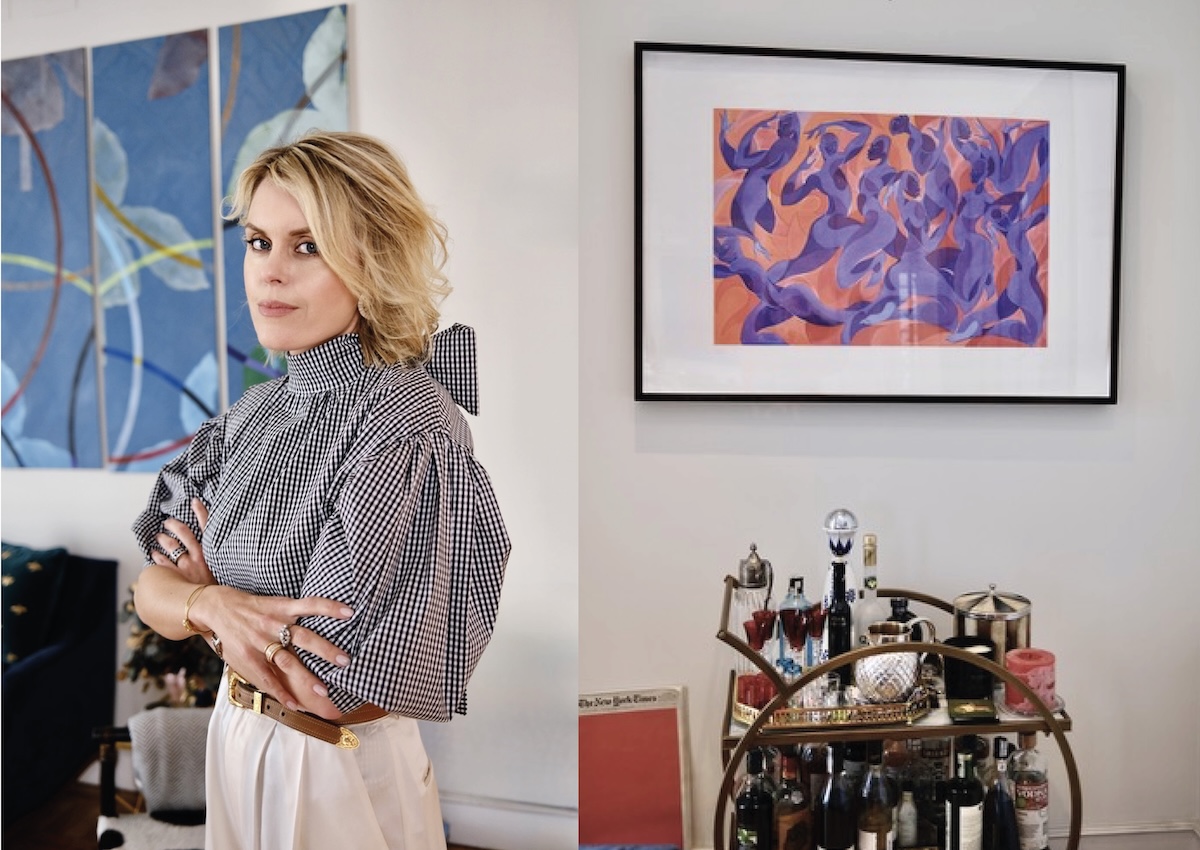
At Artnet, Sophie oversees a platform that transformed how the art world interacts. For her, the intersection of creativity and data is not a contradiction but an evolution. “Artificial intelligence enables us to analyse vast data sets—auction results, artist trajectories, global trends—and make the market more transparent,” she explains. “But no algorithm can replace emotion. Art still begins with a feeling.”
That balance between intellect and instinct defines her approach to collecting. She often consults her brothers, whose judgement she deeply values. “The story behind a work matters as much as its aesthetic,” she notes. A recent acquisition—a piece by Danielle McKinney—reflects her fascination with the dialogue between contemporary artists and Old Masters. Her grandfather, Georg Karl Pfahler, was a pioneer of colour field abstraction, and her father collected Baselitz, Picabia and Fontana. “Those works remind me that art evolves through conversation with its past,” she says.
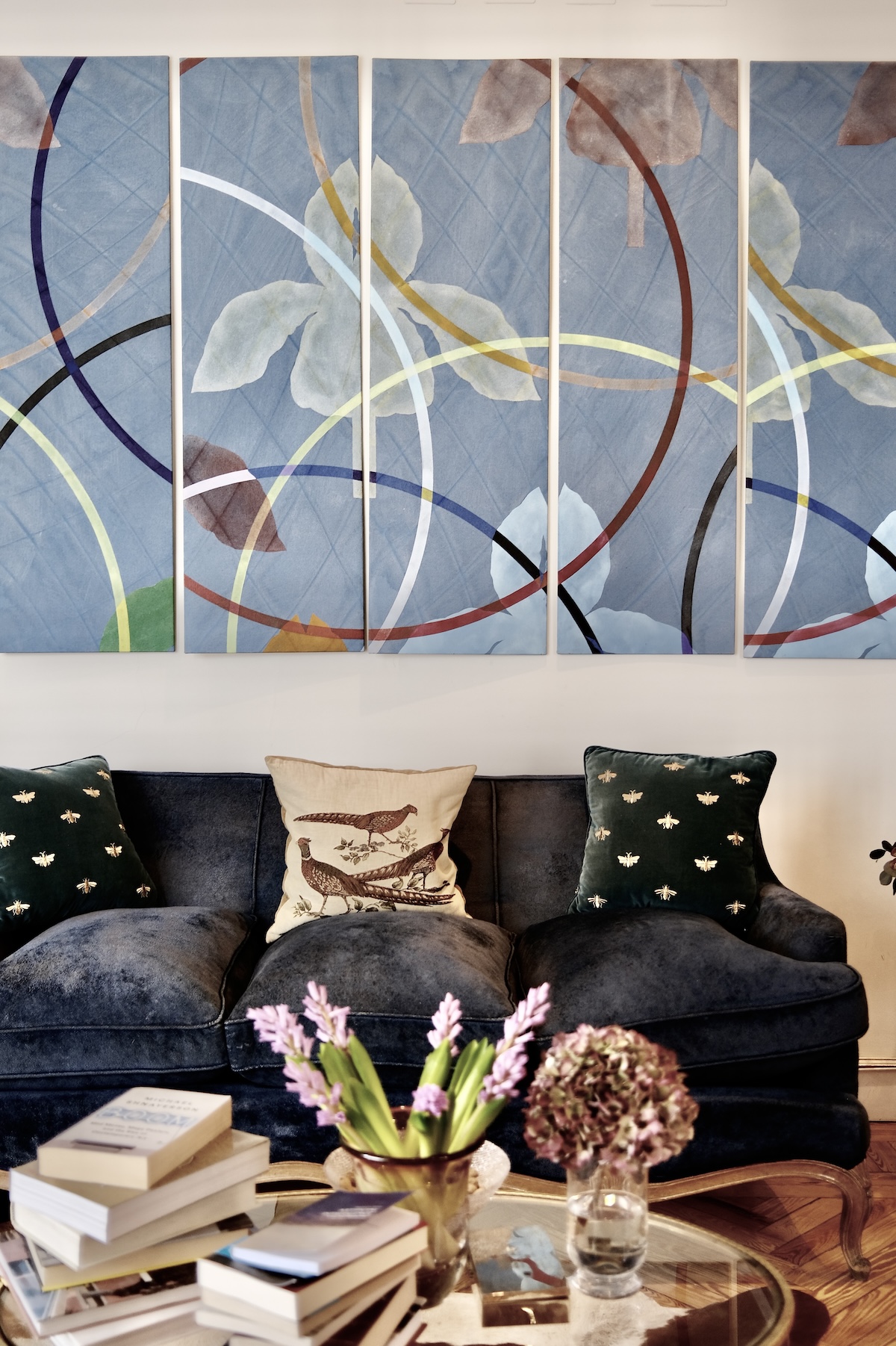
Her travels have deepened that sense of connection. During a visit to Saudi Arabia, she observed how art can bridge tradition and modernity. “The region’s creative energy is extraordinary,” she says. “Artists there are exploring identity and transformation in courageous, innovative ways.” Sophie sees this as part of a wider decentralisation of the art world. “Collectors today are younger, more international, and digitally fluent. They might discover an artist online before ever visiting a gallery. That changes how art is presented and discussed.”
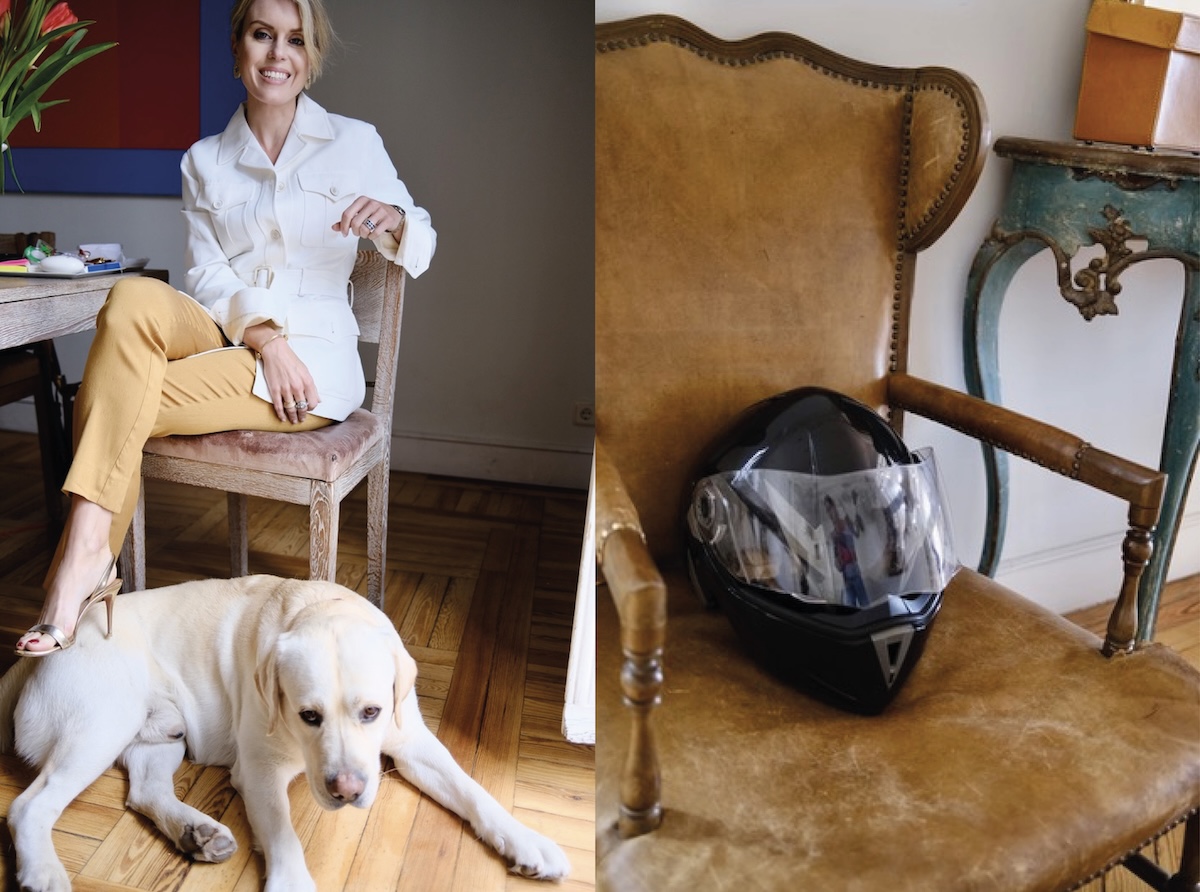
For her, platforms like Artnet play a crucial role in this shift by democratising access. “Information empowers collectors and artists alike,” she says. “It levels the field and makes the conversation global.”
She also notes the growing convergence between art and lifestyle. “Art doesn’t exist in isolation,” she reflects. “It influences how we live, travel and experience the world. When art moves beyond the museum—into hotels, residencies or public spaces—it becomes part of our narrative.” As a juror for artist residencies, Sophie seeks creators who engage with their surroundings. “When artists respond to place, their work gains emotional depth. It’s not just viewed; it’s lived.”
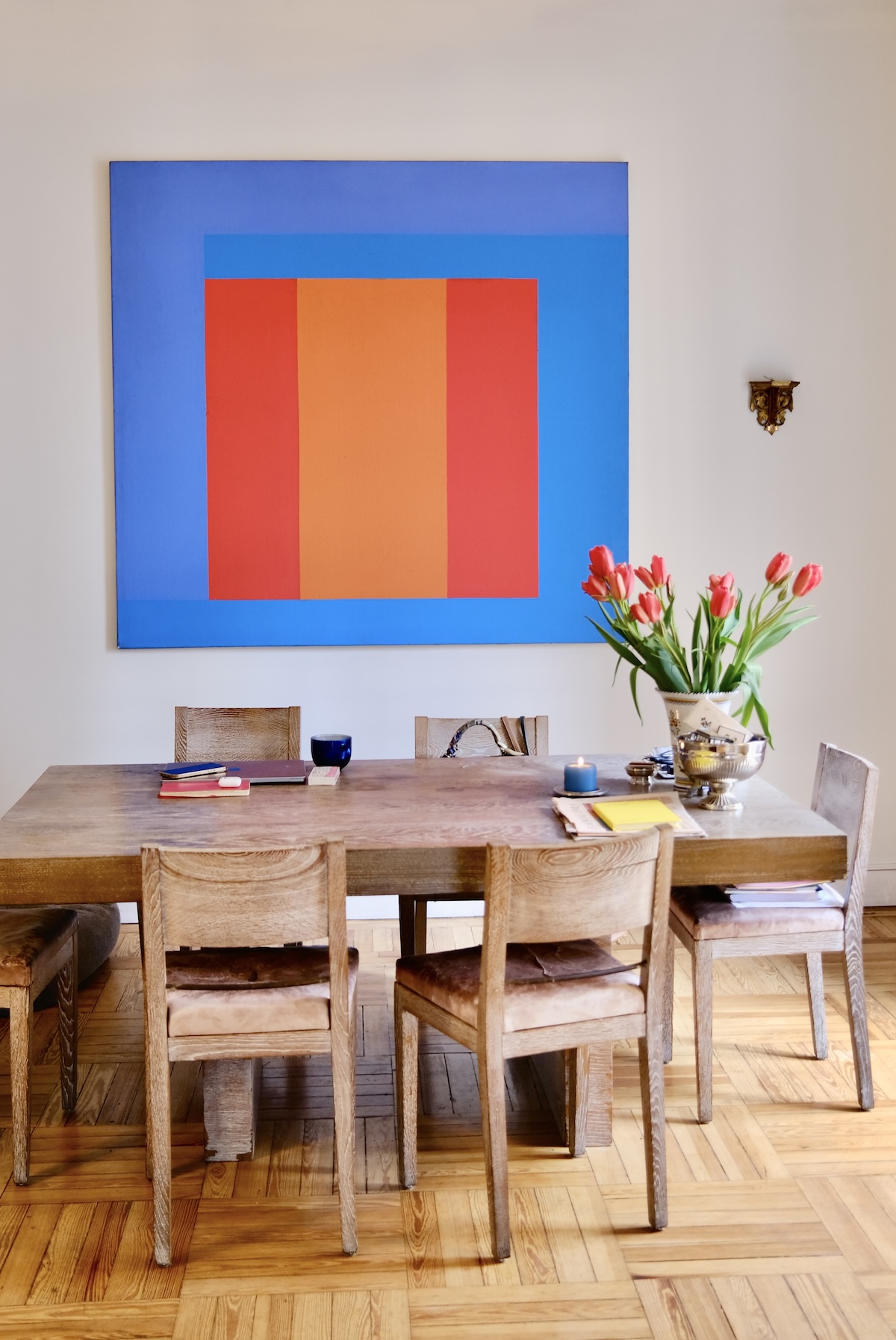
Still, in a market dominated by digital tools, she values human intuition. “Technology will continue to shape how we buy and experience art,” she acknowledges. “But the essence of collecting is still deeply personal.” Her advice to new collectors is disarmingly simple: trust your emotions. “If a work speaks to you, that’s reason enough. Ask yourself: would I miss it if it were gone? That’s often your answer.”
As Frieze London draws the global art community together, Sophie’s perspective feels particularly relevant. The fair embodies the contrasts she champions—heritage and innovation, intellect and instinct, data and desire. In a moment where algorithms predict taste and AI generates images, she reminds us that art’s true value lies in connection—between people, memories and ideas.
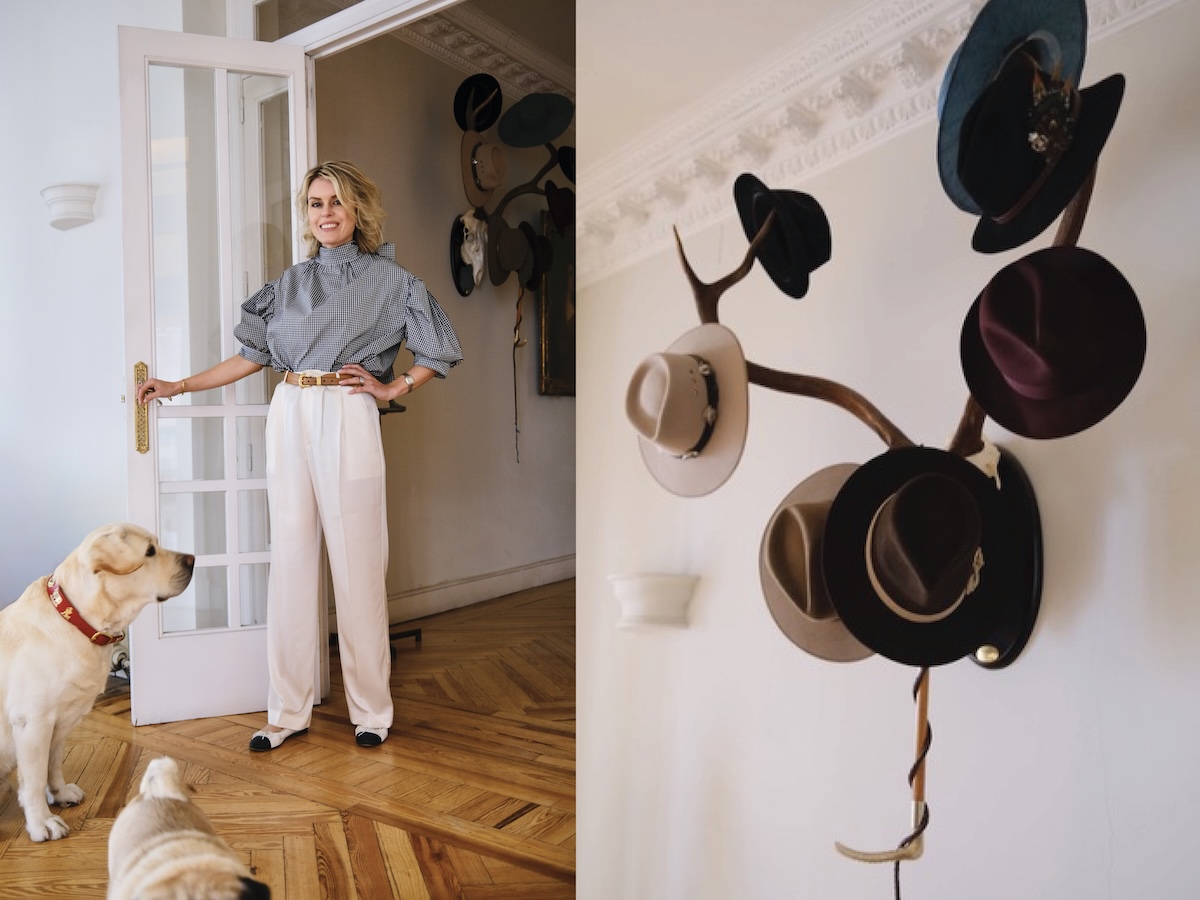
In her world, minimalism is not emptiness but clarity. Technology is not disruption but expansion. And collecting is less about possession than dialogue: between past and present, between emotion and understanding. As she walks through the halls of Frieze, surrounded by works that provoke and inspire, Sophie Neuendorf stands as both observer and participant—a bridge between the art world’s enduring human core and its rapidly changing future.
